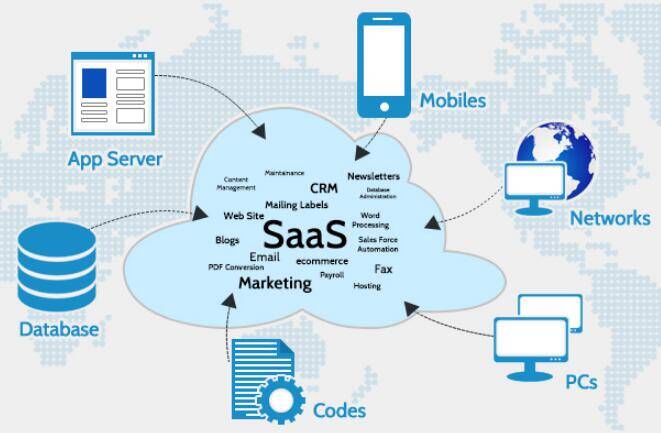At Signiant, we’ve embraced cloud-native software design with our two SaaS (Software as a Service) products, Media Shuttle and Flight. Signiant engineers pioneered the first true SaaS solutions for accelerated file transfers, and we continue to lead the way in innovative approaches with six out of our ten patents awarded for cloud technologies.
Automatic Upgrades and Maintenance
Like all cloud-native solutions, our SaaS products are fully hosted for users in the cloud — the only exception being file storage location. As an independent company, Signiant is committed to storage independence, supporting on-premises file and object storage, favorite cloud vendors (like Amazon S3 and Microsoft Azure) and hybrid approaches.
Otherwise, Signiant takes ultimate responsibility for the operation of the environment, managing and maintaining it for users across multiple levels of redundancy with multi-tenant architecture. This gives customers continuous access to the latest product releases without impacting customizations. Your IT team won’t have to worry about managing upgrades or maintaining the software.
Scalability
Signiant’s SaaS products scale according to the load you’re generating, automatically spinning up or down virtual machines and load balancing across multiple instances. Your IT department won’t have to deal with provisioning and managing cloud networking resources — it’s all automatically done for you.
Automation
Because SaaS begins and ends on the Internet, our customers are always connected to Signiant through the product, allowing many labor-intensive tasks and processes to be automated through the network. For example, Signiant manages software deployments and upgrades, freeing up IT time, on-premises infrastructure and budget.
Economies-of-Scale
Unlike SaaS, on-premises software is typically complex and technically difficult to deploy; this is because each unique customer infrastructure has to be accommodated, which is very onerous if your customer base utilizes many different servers and network technologies. With cloud-based software, developers can focus on a standard unified infrastructure.
This simple fact is the root of many benefits of SaaS for businesses, including the ability to take advantage of economies-of-scale. The cost savings that cloud-native, multi-tenant SaaS vendors gain from hundreds, thousands, or even millions of customers served on a single cloud infrastructure, rather than servicing each multifarious IT system, is huge and is passed on to customers through flexible billing.
Flexible Billing
The scalability of SaaS also has an impact on the unique way it’s billed. Often called “pay-per-use” or subscription billing, SaaS automatically tracks how much it’s being used by each customer, and can scale subscriptions up and down in response. This frees IT departments from having to provision enough fixed infrastructure to handle peak loads. Cloud software adjusts to high-usage and low-usage times, so you’re only paying for what you are actually using.
On a broader level, the ability to scale infrastructure in harmony with the peaks and valleys of revenue-generating activities is often a better business strategy than investing in enough fixed infrastructure to accommodate peak activities.
Global Performance
One of the most obvious benefits of cloud-native SaaS to companies with geographically diverse locations and varying computer systems is its consistent performance no matter where you are in the Internet-connected world.
High Availability
Another, often unnoticed benefit — something you hope to never notice — is the lack of downtime with cloud-native SaaS. Note that not all SaaS is created equal. If it wasn’t specifically designed to run on an elastic cloud infrastructure, it might not support high availability.
However, high availability is characteristic of any well-designed SaaS, which automatically switches to standby or redundant servers in case of a failure. This self-healing quality of SaaS is noteworthy; even if something fails, you’ll still have a whole, functioning system.
Designing Clean and Secure SaaS File Transfer Solutions
In order to achieve the most reliable and secure accelerated file transfers, Signiant employs a tactic similar to Software-Defined Networking or SDN. Cleanly separating what’s done really well in hardware (like fast packet switching) from what’s better done in software (like routing updates and quality of service management) is at the heart of the SDN movement. One of our core strategies for achieving clean and secure file transfers has been to separate the control plane and data plane in all of our SaaS solutions.
Although “Software-Defined File Transfer” doesn’t totally make sense — there isn’t a specific hardware component of digital file transfer — separating the control plane and data plane into two independent software elements definitely makes for far superior fast file movement software. Additionally, with the data plane, we encourage avoidance of vendor lock-in with our storage independence approach to software design, allowing the choice between on-premises storage and a favorite cloud vendor (like Amazon Web Services and Microsoft Azure).

